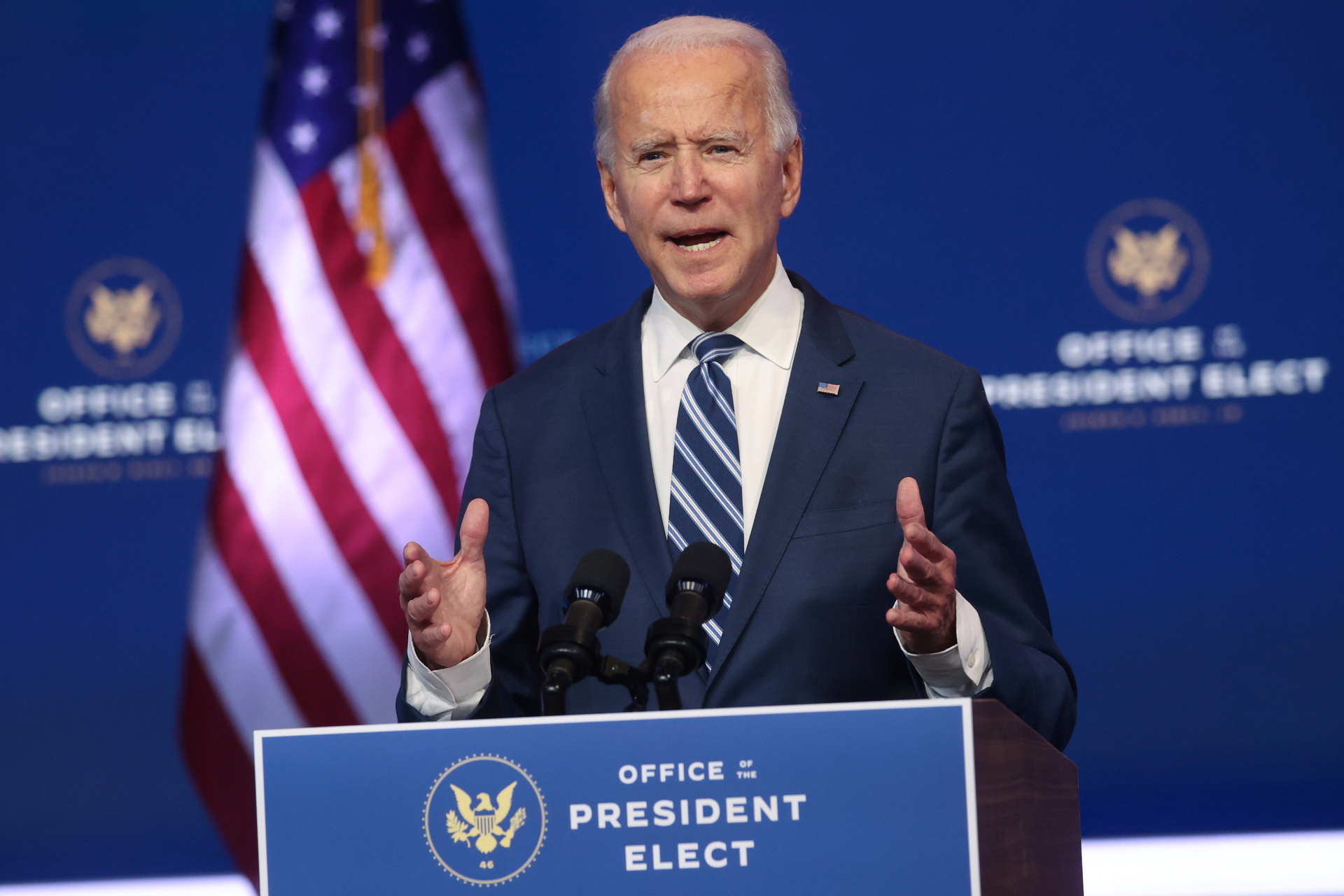On Wednesday, November 11, world oil prices are growing steadily during international trading.
In the middle of the day, Brent crude on the ICE exchange in London went up 3.8% at once - to $ 45.3 per barrel.
At the same time, the quotations of the American WTI grade rose by 4% to $ 43.05 per barrel.
The last time such values could be observed as early as September 2.
Market participants reacted positively to the data on a sharp decline in raw material inventories in the United States.
According to a report by the American Petroleum Institute (API), the volume of oil reserves in the United States decreased by almost 5.15 million barrels over the week.
At the same time, analysts predicted a decrease in the indicator by only 0.9 million.
“Stocks in the US have been falling significantly for the second week in a row.
Such dynamics speaks of a recovery in demand in the United States, despite the raging pandemic.
This is what pushes prices up, ”said Alexey Kiriyenko, managing partner of EXANTE, in a conversation with RT.
According to experts, prices are also influenced by news about trials of a vaccine against coronavirus by the American pharmaceutical corporation Pfizer and the bioengineering company BioNTech.
Also, support for oil prices is still provided by the actions of the countries participating in the OPEC + deal, said Oleg Bogdanov, a leading analyst at QBF.
As a reminder, since May 1, the members of the agreement have resumed their partnership and, in order to combat the global surplus of raw materials, they are reducing oil production.
The efforts of the states are aimed at restoring the balance of demand and supply of hydrocarbons in the world market, which should keep prices from another collapse.
From May to July, production of raw materials in the countries participating in the agreement decreased by a total of 9.7 million barrels per day compared to the level of October 2018.
From August to the end of 2020, the states agreed to somewhat soften the restrictions - up to 7.7 million barrels.
“However, the other day the head of the Ministry of Energy of Saudi Arabia announced the intention of OPEC to support the extension of agreements on the reduction of oil production by countries participating in the agreement until the end of 2022.
The observed rise in prices in recent days is partly explained by this factor, ”Bogdanov emphasized.
According to experts, the positive dynamics of oil prices to a certain extent is associated with the reaction of market participants to the preliminary results of the presidential elections in the United States.
Recall that the voting in the States took place on November 3, however, the vote counting process dragged on for several days due to the large number of ballots sent by mail.
However, by November 7, mainstream media announced Joe Biden as the winner.
The possible coming to power of Biden risks turning into the imposition of restrictions on the production of shale oil in the United States in the coming years.
This is the conclusion made by S&P Global Platts.
According to the organization's specialists, within the framework of environmental policy, the candidate from the Democratic Party may stop issuing permits for the development of shale deposits on federal lands.
As a result, the production of hydrocarbons in the United States could be reduced by 1.1 million barrels per day by 2024.
Reuters
© Jonathan Ernst
“Joe Biden, judging by the election campaign, prefers green technologies.
This can really mean a gradual tightening of environmental standards in the United States for oil companies ", - said the expert of BCS World of Investments Igor Galaktionov.
According to analysts, after exceeding the psychological mark of $ 45 per barrel, oil prices may temporarily correct in the near future.
Meanwhile, by the end of the year, experts do not exclude the possibility of a recovery of quotations to the level above $ 50 per barrel.
"Oil has the potential not only to return to the highs of the end of August and exceed $ 46.5 per barrel, but also to try to break into the range of $ 46.5-53.5," says Aleksey Kiriyenko.
Currency ambitions
The rise in oil prices on Wednesday had a positive effect on the dynamics of the Russian currency.
During trading on the Moscow Exchange, the dollar rate fell by 0.65% - to 76.05 rubles.
At the same time, the euro rate fell by 0.8% and for the first time since September 25 reached 89.64 rubles.
The official exchange rate of the Central Bank on November 12 was set at 76.21 rubles per dollar and 90.05 rubles per euro.
According to experts, in case of further growth in oil prices, the Russian currency may further strengthen by the end of the year.
According to Igor Galaktionov's forecast, in December, the dollar and euro rates can fall to the range of 73-75 and 86-88 rubles, respectively.
At the same time, Aleksey Kirienko admits a more active decline in indicators.
“For a while, players prefer to ignore oil fluctuations, but when it goes beyond the established trading range, the ruble also comes to life.
The expected excess of $ 46.5 per barrel can lead to a decrease in the dollar rate to 73 rubles, and the euro rate to 87 rubles, ”the expert concluded.

